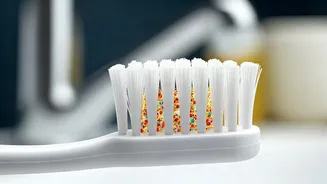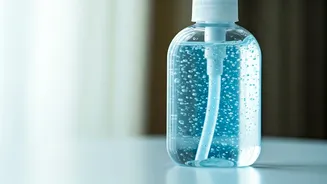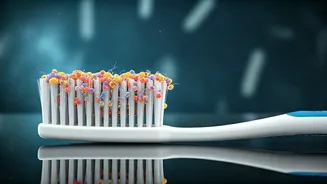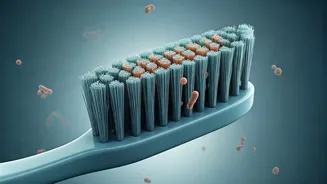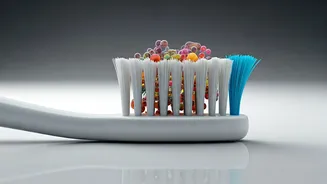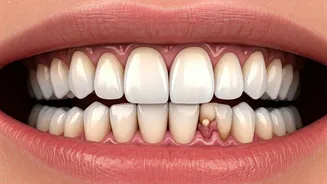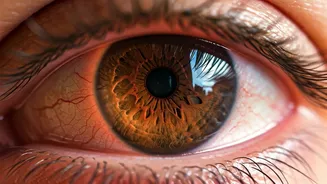The Microbiome Menace
Your toothbrush, a seemingly innocuous item in your bathroom, can become a breeding ground for a diverse array of microorganisms. These tiny inhabitants,
including bacteria and fungi, are drawn to the moist environment and the presence of leftover food particles that linger on the bristles after brushing. Every time you use your toothbrush, you're potentially introducing these microbes into your mouth. The specific types of microbes vary depending on the environment, your oral health, and the way you store your toothbrush. If you have any cuts or sores in your mouth, this further increases the risk of those microbes getting into your bloodstream, which can have adverse effects on your overall health. It is essential to be aware of the hygiene practices to minimize exposure to these unseen threats.
Risks of Contamination
The presence of bacteria and fungi on your toothbrush can lead to several health issues. Reusing a contaminated brush can cause reinfection of your mouth, potentially worsening existing problems. For instance, if you have a cold or the flu, your toothbrush can hold viruses that can lead to reinfection. This can prolong the illness and increase the chance of spreading it to others. The use of a contaminated toothbrush can also lead to more serious problems, particularly for individuals with compromised immune systems. Those with underlying health conditions, such as diabetes or HIV, may face a higher risk of infections from these germs. Thus, it is extremely important to maintain impeccable oral hygiene.
Proper Toothbrush Care
Maintaining a clean toothbrush is essential for reducing the risk of contamination. After each use, it's important to rinse your toothbrush thoroughly with tap water to remove any lingering toothpaste and debris. Make sure to store your toothbrush in an upright position, allowing it to air dry fully. Avoid storing your toothbrush in a closed container, as this creates a moist environment that encourages microbial growth. You should also replace your toothbrush every 3–4 months, or sooner if the bristles become frayed. If you have been sick, it's wise to replace your toothbrush immediately after you recover to prevent reinfection. You can also disinfect your toothbrush by soaking it in an antibacterial mouthwash or a solution of water and vinegar. These simple steps can help you protect your oral health and reduce your exposure to potentially harmful microbes.
Beyond Brushing Habits
Beyond regular toothbrush care, several other practices can help minimize the risk of bacterial and fungal contamination. Avoid sharing toothbrushes with others, as this is a quick way to transfer germs. Ensure that your toothbrush doesn’t touch other toothbrushes, particularly in a shared bathroom. Use a toothbrush holder that promotes airflow and allows the brush to dry. Consider the location of your toothbrush in the bathroom. Keep it away from the toilet as it may expose it to air-borne particles that can carry bacteria. You should also consider regularly cleaning your toothbrush holder. By combining good brushing habits with smart storage solutions, you can significantly reduce your risk of exposure to germs and maintain a healthy mouth.
